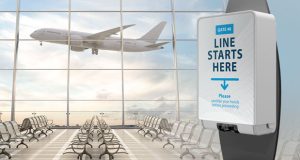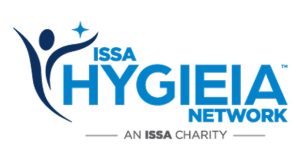Nviro reveals drastic lessons need to be learned in cleaning processes across work settings and the education sector. Using state-of-the-art ATP testing, Nviro took over 1,200 swabs across schools in the UK, enabling them to identify areas which are commonly forgotten in cleaning and can develop into bacteria and virus hotspots.
On average, staff areas were found to be less hygienic than areas used by pupils. Some schools had shocking results, including:
- 99% more bacteria on the staff kitchen tap compared with visitor toilet door
- 95% more bacteria on staff room coffee machine compared with the boys’ toilets
- 58% more bacteria on the staff room microwave compared with the boys’ toilets
- 98% more bacteria on staffroom kitchen worktop compared with female toilets
Nviro advises that after identifying the high-risk areas, an electrostatic sprayer can be used to apply a complete cover of disinfectant to all surfaces, combating invisible bacteria in under a minute, and killing Coronavirus-like germs. For further protection a protective bio-shield layer can be applied stopping envelope style viruses, such as Covid, from being allowed to survive on any surface, ensuring that all areas of buildings are kept hygienic, protecting building users from harm.
Brian Warren, Managing Director at Nviro, said: “The impact of Covid-19 means we are all more aware of sanitising touchpoints, such as door handles. However, our research found that there are often high traffic areas that get forgotten and these are generally areas in schools or workplaces that the staff are expected to clean and maintain themselves, such as hot desks, telephones, and kitchen equipment.
“With normality starting to resume, it is essential that education settings and offices understand how to keep both staff and pupils safe through effective cleaning regimes. Our research showed that staff areas typically held more bacteria compared with classrooms, and even toilets. Keeping staff-only areas safe and hygienic is essential, not only to keep staff safe, but to save money by reducing the number of temporary or supply teachers required due to staff sickness”





